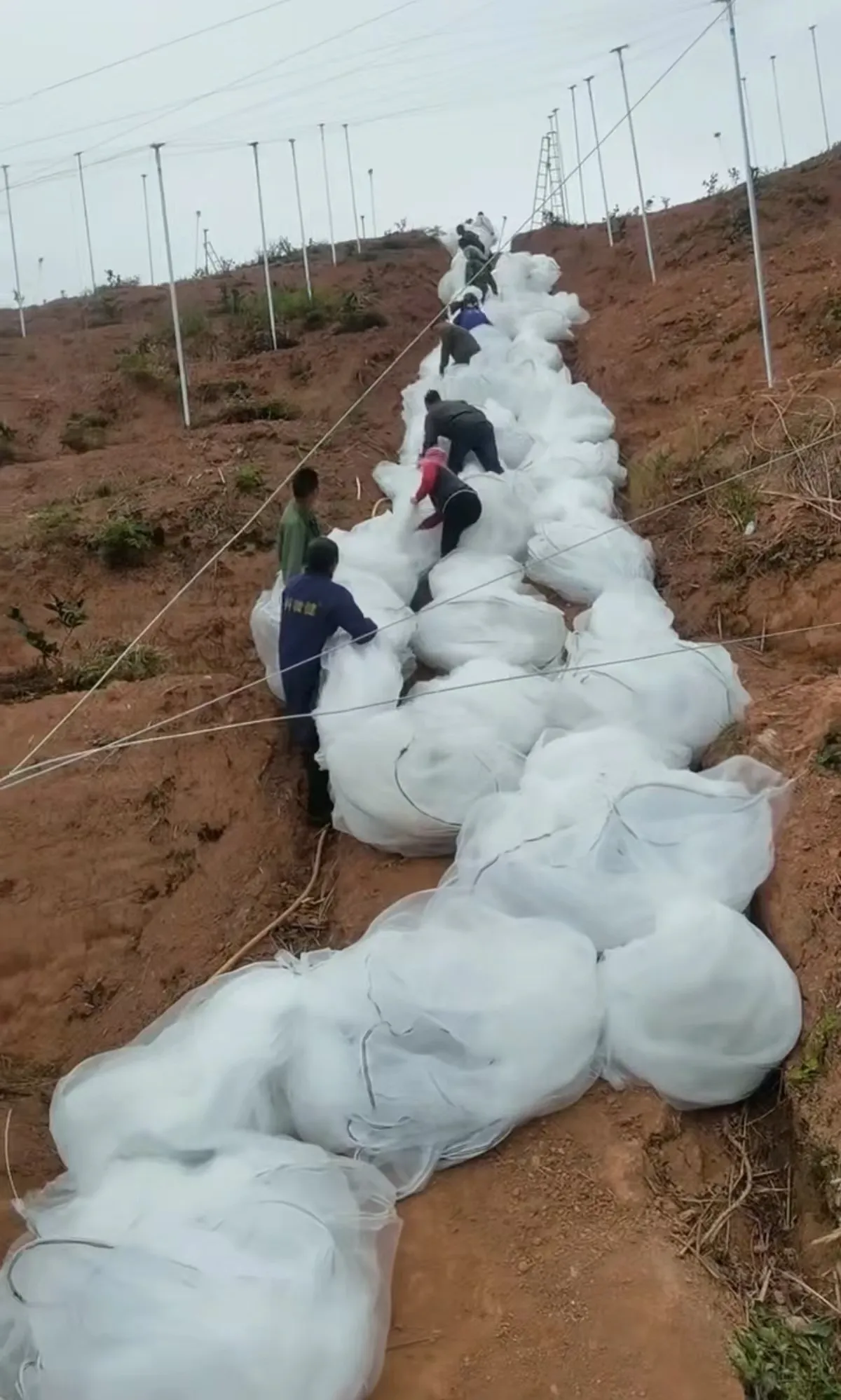-
 Afrikaans
Afrikaans -
 Albanian
Albanian -
 Amharic
Amharic -
 Arabic
Arabic -
 Armenian
Armenian -
 Azerbaijani
Azerbaijani -
 Basque
Basque -
 Belarusian
Belarusian -
 Bengali
Bengali -
 Bosnian
Bosnian -
 Bulgarian
Bulgarian -
 Catalan
Catalan -
 Cebuano
Cebuano -
 China
China -
 Corsican
Corsican -
 Croatian
Croatian -
 Czech
Czech -
 Danish
Danish -
 Dutch
Dutch -
 English
English -
 Esperanto
Esperanto -
 Estonian
Estonian -
 Finnish
Finnish -
 French
French -
 Frisian
Frisian -
 Galician
Galician -
 Georgian
Georgian -
 German
German -
 Greek
Greek -
 Gujarati
Gujarati -
 Haitian Creole
Haitian Creole -
 hausa
hausa -
 hawaiian
hawaiian -
 Hebrew
Hebrew -
 Hindi
Hindi -
 Miao
Miao -
 Hungarian
Hungarian -
 Icelandic
Icelandic -
 igbo
igbo -
 Indonesian
Indonesian -
 irish
irish -
 Italian
Italian -
 Japanese
Japanese -
 Javanese
Javanese -
 Kannada
Kannada -
 kazakh
kazakh -
 Khmer
Khmer -
 Rwandese
Rwandese -
 Korean
Korean -
 Kurdish
Kurdish -
 Kyrgyz
Kyrgyz -
 Lao
Lao -
 Latin
Latin -
 Latvian
Latvian -
 Lithuanian
Lithuanian -
 Luxembourgish
Luxembourgish -
 Macedonian
Macedonian -
 Malgashi
Malgashi -
 Malay
Malay -
 Malayalam
Malayalam -
 Maltese
Maltese -
 Maori
Maori -
 Marathi
Marathi -
 Mongolian
Mongolian -
 Myanmar
Myanmar -
 Nepali
Nepali -
 Norwegian
Norwegian -
 Norwegian
Norwegian -
 Occitan
Occitan -
 Pashto
Pashto -
 Persian
Persian -
 Polish
Polish -
 Portuguese
Portuguese -
 Punjabi
Punjabi -
 Romanian
Romanian -
 Russian
Russian -
 Samoan
Samoan -
 Scottish Gaelic
Scottish Gaelic -
 Serbian
Serbian -
 Sesotho
Sesotho -
 Shona
Shona -
 Sindhi
Sindhi -
 Sinhala
Sinhala -
 Slovak
Slovak -
 Slovenian
Slovenian -
 Somali
Somali -
 Spanish
Spanish -
 Sundanese
Sundanese -
 Swahili
Swahili -
 Swedish
Swedish -
 Tagalog
Tagalog -
 Tajik
Tajik -
 Tamil
Tamil -
 Tatar
Tatar -
 Telugu
Telugu -
 Thai
Thai -
 Turkish
Turkish -
 Turkmen
Turkmen -
 Ukrainian
Ukrainian -
 Urdu
Urdu -
 Uighur
Uighur -
 Uzbek
Uzbek -
 Vietnamese
Vietnamese -
 Welsh
Welsh -
 Bantu
Bantu -
 Yiddish
Yiddish -
 Yoruba
Yoruba -
 Zulu
Zulu
Industrial Bird Netting Solutions for Effective Pest Control
Industrial Bird Netting Protecting Your Investments
In various industries, protecting assets from bird damage has become a critical concern. Birds, while often considered part of the natural landscape, can pose significant threats to agriculture, manufacturing, and commercial enterprises. One effective solution that has emerged to combat this problem is industrial bird netting. This specialized netting system provides a practical and efficient means of safeguarding crops, equipment, and property from unwanted avian intruders.
The Problem with Birds
Birds can cause extensive damage to farms, warehouses, and storage facilities. In agriculture, flocks of pigeons, starlings, and other species can devastate crops, leading to significant financial losses. In industrial settings, birds can foul equipment, create safety hazards, and contaminate products. Additionally, birds can carry diseases that might affect both people and livestock. Consequently, finding a solution to mitigate these risks is essential for maintaining productivity and profitability.
Understanding Industrial Bird Netting
Industrial bird netting is a durable, flexible barrier designed to keep birds out of specific areas. Made from high-strength polyethylene or nylon, the netting is UV-stabilized to withstand various weather conditions, ensuring long-term protection. The mesh size is specifically designed to prevent birds from entering while allowing light, air, and moisture to pass through — essential elements for crops.
One of the biggest advantages of bird netting is its versatility. It can be customized in terms of size, shape, and mesh density to suit various applications, whether it’s covering crops, enclosing warehouses, or protecting specific structures. Installation can be tailored to site-specific requirements, ensuring that every area remains secure.
Benefits of Bird Netting
industrial bird netting

1. Economic Protection By preventing bird damage, netting helps protect investments in agricultural products and industrial machinery. It minimizes crop loss and reduces the need for costly cleanup and repairs.
2. Environmental Considerations Unlike chemical deterrents or traps, bird netting is a humane solution that does not harm birds. It simply keeps them out, protecting both wildlife and agricultural interests.
3. Low Maintenance Once installed, bird netting requires minimal upkeep. Its robust materials are designed to last for years, meaning that businesses can rely on this solution without frequent replacements.
4. Enhanced Occupational Safety In industrial environments, bird droppings can create slippery surfaces and health hazards. By using netting, companies can reduce these risks, ensuring a safer work environment for employees.
5. Aesthetic Appeal Modern bird netting can be installed in a way that maintains the aesthetic of the surroundings, making it an attractive choice for commercial properties.
Conclusion
In conclusion, industrial bird netting presents a sustainable and effective solution for preventing bird-related damage across various sectors. It offers economic benefits, environmental responsibility, and enhanced safety. As industries continue to face challenges posed by wildlife, investing in bird netting can be a proactive measure to protect assets and ensure operational efficiency. With its customizable features and low maintenance, industrial bird netting is an investment that pays dividends in the long run, safeguarding both crops and infrastructure from the ever-present threat of avian intruders.
-
Shipping Plastic Bags for Every NeedNewsJul.24,2025
-
Safety Netting: Your Shield in ConstructionNewsJul.24,2025
-
Plastic Mesh Netting for Everyday UseNewsJul.24,2025
-
Nylon Netting for Every UseNewsJul.24,2025
-
Mesh Breeder Box for Fish TanksNewsJul.24,2025
-
Expanded Steel Mesh Offers Durable VersatilityNewsJul.24,2025











